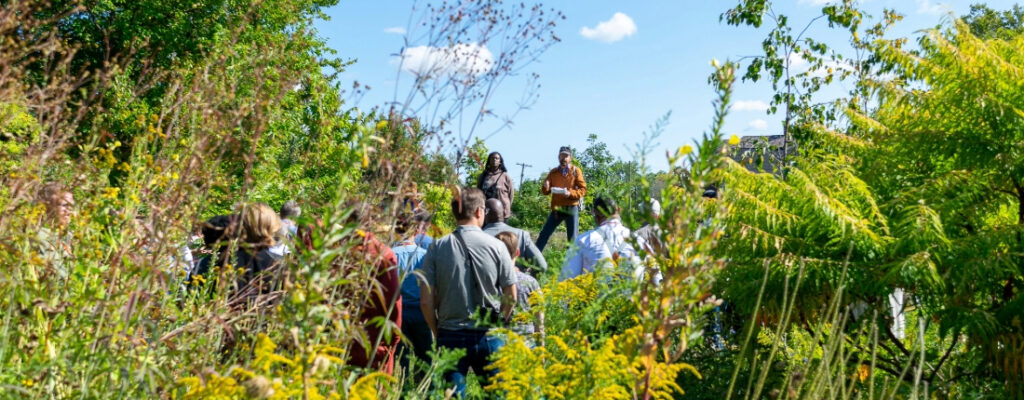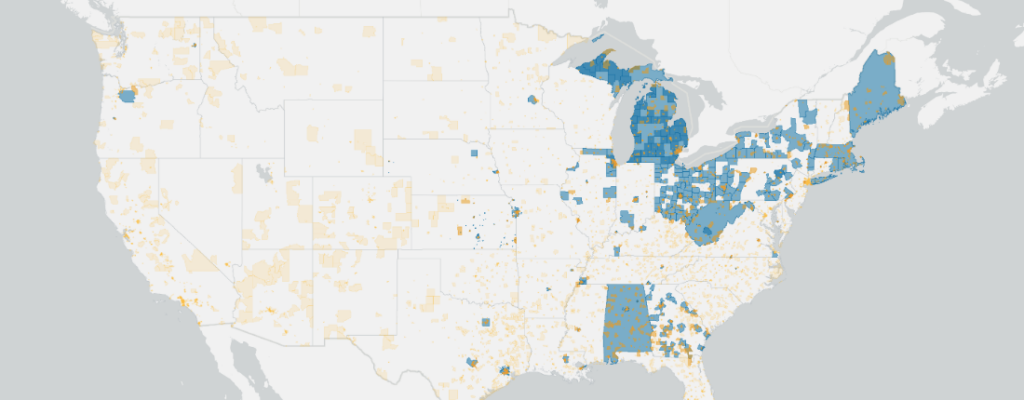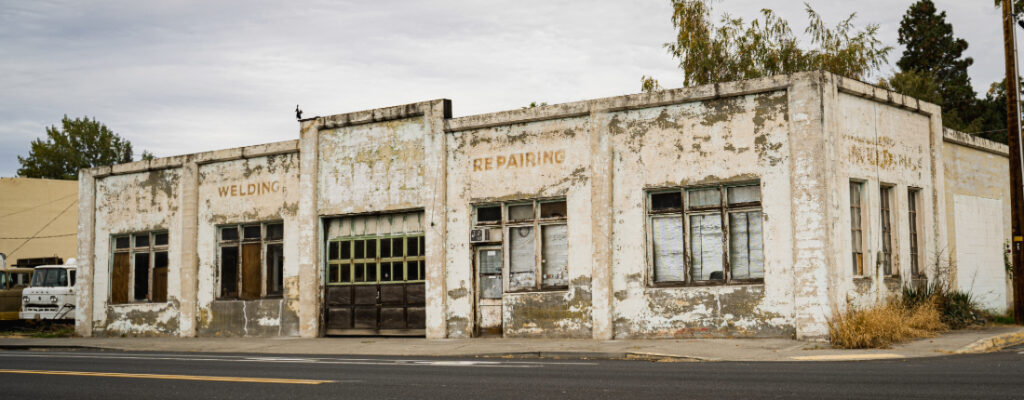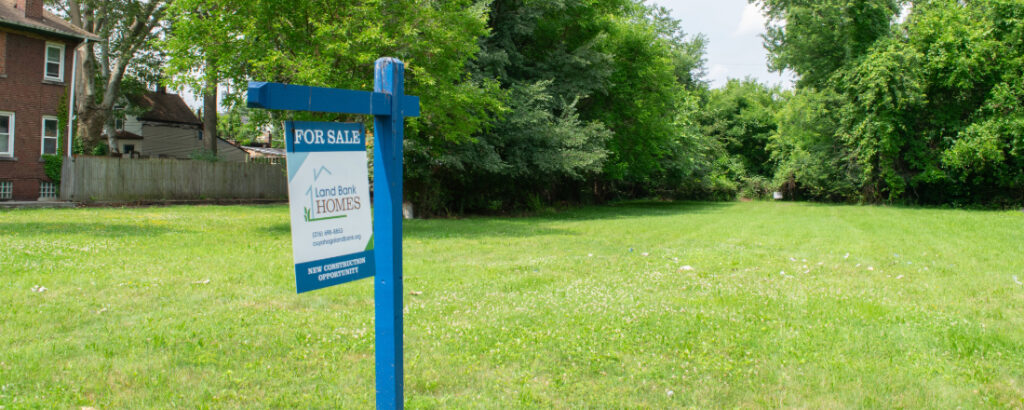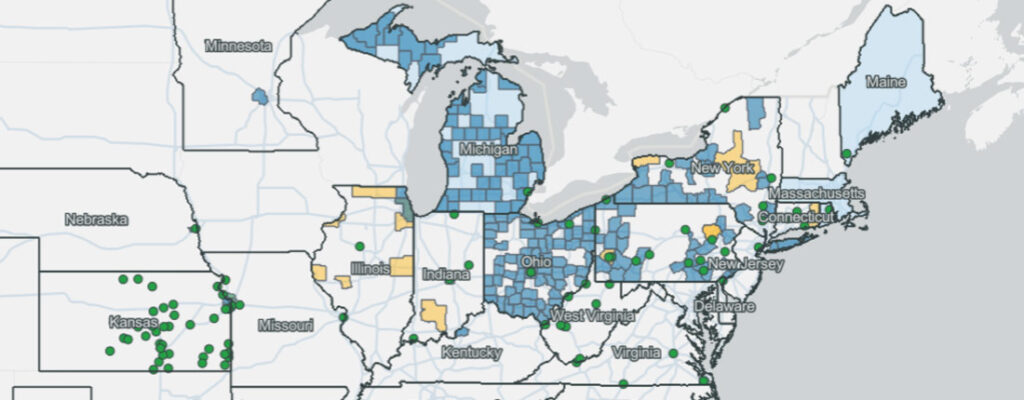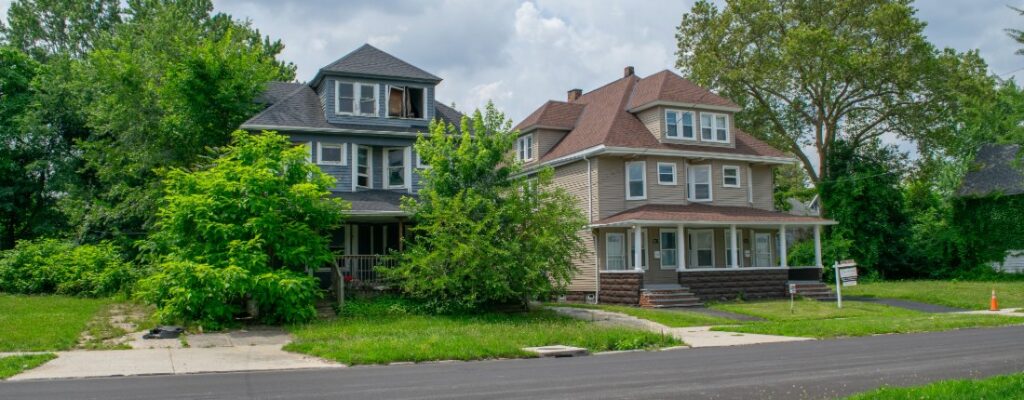Blog
Land Banks
A snapshot of Raton, New Mexico and how the city can tackle vacant and abandoned properties.
Read More »How the Cuyahoga Land Bank and a community activist worked together to transform a block one property at a time.
Read More »In 2023, Michigan land banks mark two important milestones: 20 years since the passage of Michigan’s Land Bank Fast Track Act and incorporation of the 50th land bank in the state.
Read More »On April 17, 2023, the Center for Community Progress submitted a response to the Federal Housing Administration (FHA)’s Request for Information (RFI) Regarding Rehabilitation Mortgages. A rehabilitation mortgage, often called a rehab mortgage, is designed to help homeowners improve their existing home or buy a home needing repair or renovation….
Read More »We sat down with Alison Goldey, director of the Chatham County/City of Savannah Land Bank Authority, and Leslie Smith, director of the Omaha Municipal Land Bank, to talk about the challenges land bank leaders share and the experience of adapting to running a land bank in a new city. Thank…
Read More »Representing Allegheny County, Pennsylvania, the Tri-COG land bank has had enormous success in its first five years of operation.
Read More »Ten year of land banking in New York shows that when granted sufficient legal powers, backed by adequate public sector funding, and led by thoughtful, entrepreneurial practitioners, land banks can help interrupt the cycle of disinvestment.
Read More »St. Louis County needed a county-wide land bank to work with local communities and partners to help return vacant and abandoned properties to productive use. But breaking the cycle of vacancy requires a comprehensive approach.
Read More »We spoke with the Albany County Land Bank Corporation’s Executive Director Adam Zaranko about affordable housing initiatives, the importance of diversified partnerships, and what’s coming up for the land bank in 2023. The Albany County Land Bank recently launched an innovative program to turn vacant properties into affordable housing opportunities….
Read More »On August 5th, 2022, Community Progress and forty-three supporting organizations across the country submitted a public comment calling for the modernized Community Reinvestment Act to center racial equity and embed land banking strategies. You can read our comment here. Passed in 1977, the Community Reinvestment Act (“CRA”) is one of…
Read More »

